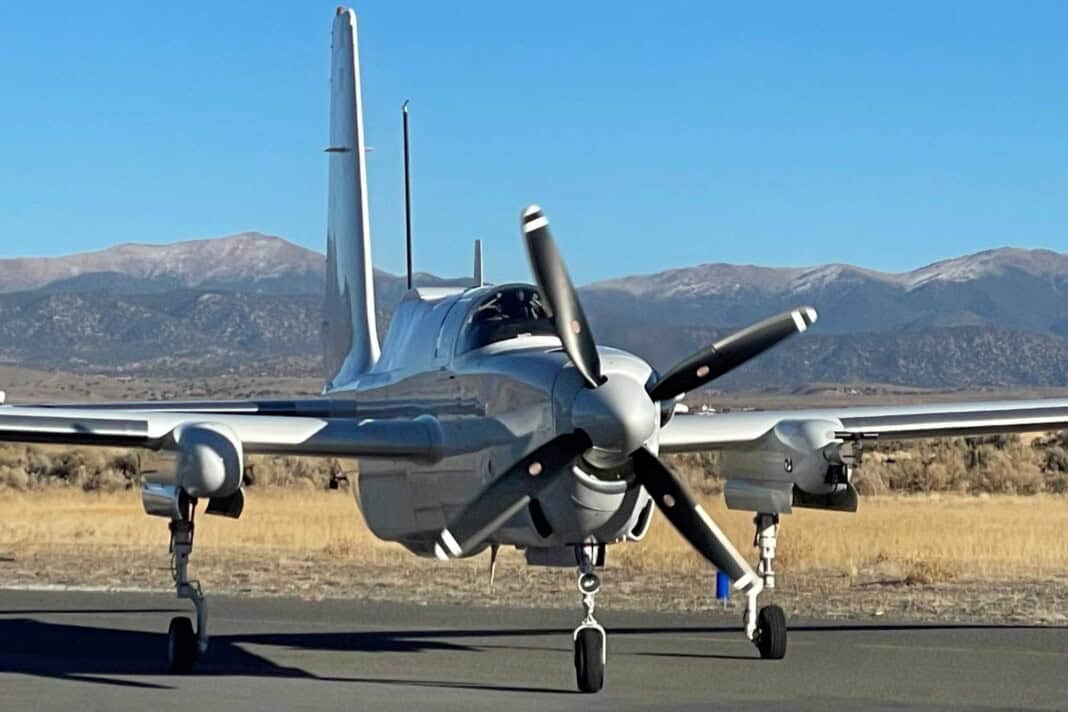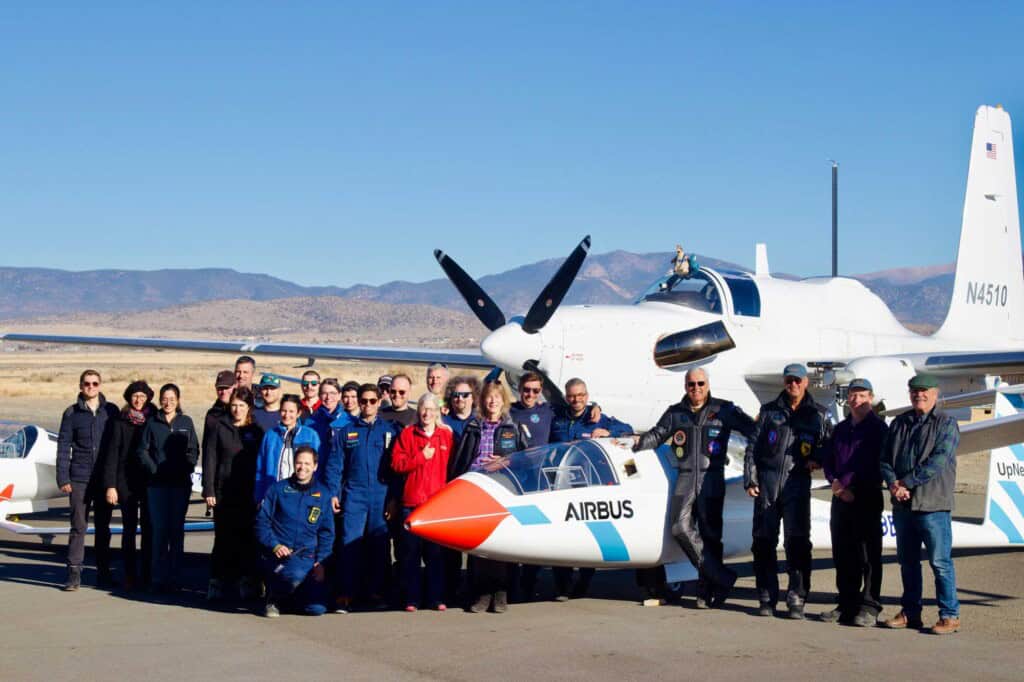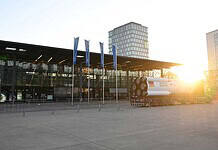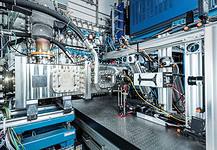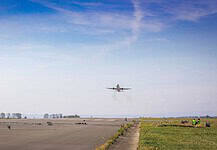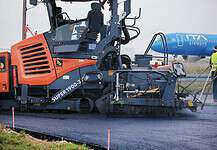This site is also available on:
Deutsch
In December 2024, Airbus, the Perlan team, and DLR measured contrails from a hydrogen-powered turbojet engine in flight for the first time. This study represents an important step toward more climate-friendly aviation by investigating the factors influencing contrails on the climate.
Innovative approach to reducing climate impact
As part of the Blue Condor project, a consortium consisting of Airbus, the Perlan team, and the German Aerospace Center investigated the formation of contrails caused by hydrogen combustion. This experimental flight campaign, which took place in Minden, Nevada, marked a milestone by making the emissions of a hydrogen turbojet engine measurable in flight for the first time.
Comparison of hydrogen and kerosene-powered engines
Two modified Arcus gliders served as platforms for the comparison. One, equipped with an innovative hydrogen engine, was developed by AeroDesignWorks. The other used a conventional kerosene engine. Both were launched by a Grob Egrett to an altitude of over nine kilometers to ensure realistic conditions for the formation of contrails.
Focus on microphysical properties
The aim of the measurement was to analyze the microphysical properties of contrails, particularly the number and size of ice crystals formed by hydrogen combustion. These properties play a crucial role in the climate impact of contrails. Contrail measurements were obtained in four of seven successful test flights.
Results and scientific evaluation
In addition to examining ice crystals, the study also focused on emissions such as nitrogen oxides and aerosol particles. The data obtained, supplemented by ground-based engine test runs, are currently being evaluated and are expected to be published in a scientific publication in the near future to make the findings accessible to a wider public.
As a leading aerospace company, Airbus is committed to researching and developing sustainable technologies. In collaboration with renowned partners such as the Perlan team and the German Aerospace Center (DLR), Airbus strives to make aviation more environmentally friendly and efficient.

